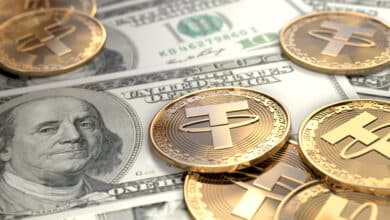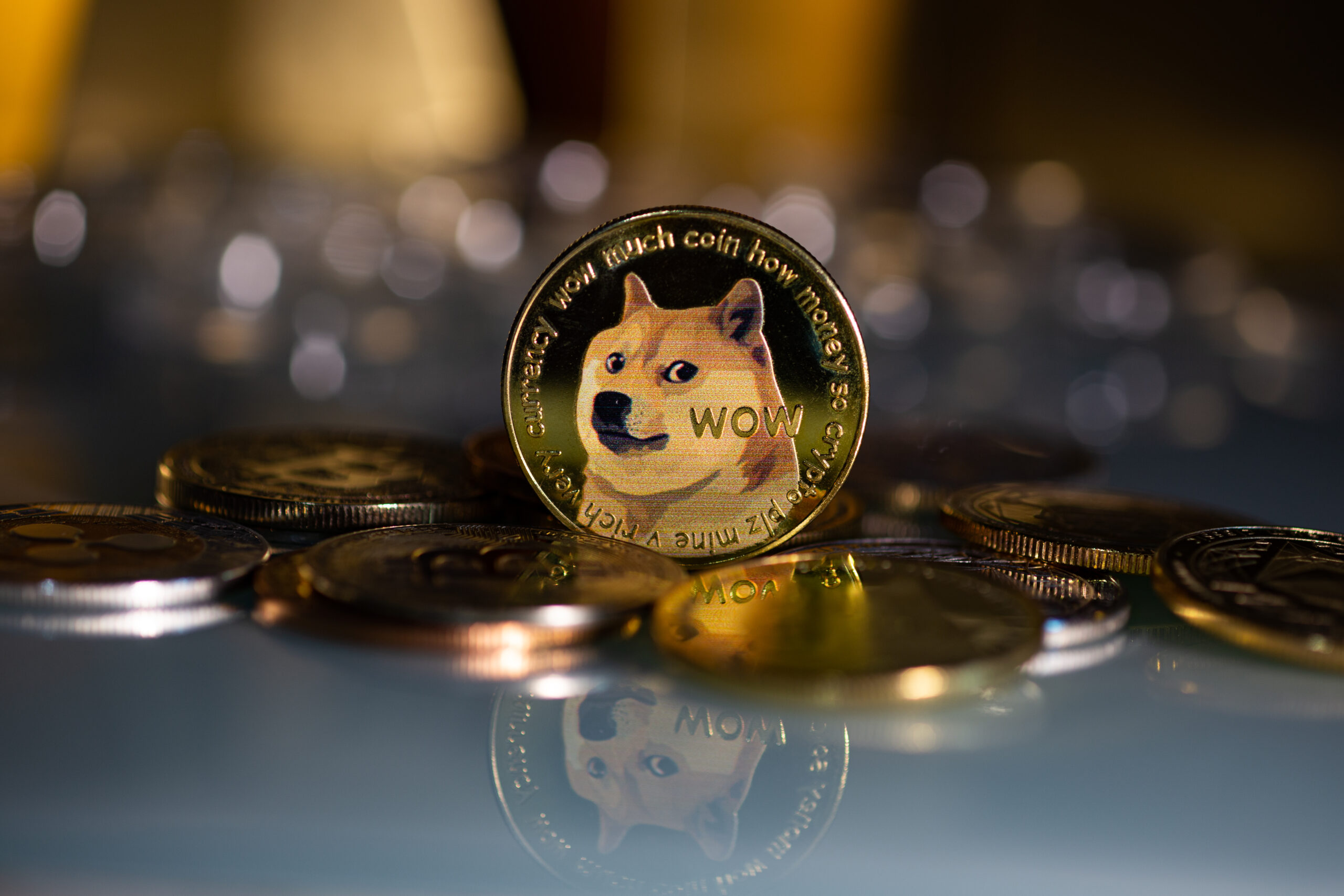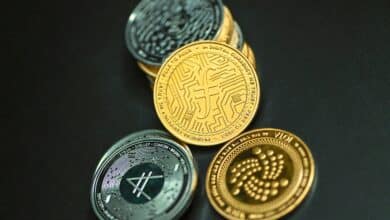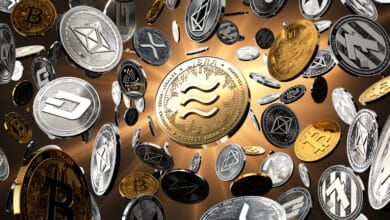Fractional NFTs Guide – What Are F-NFTs?
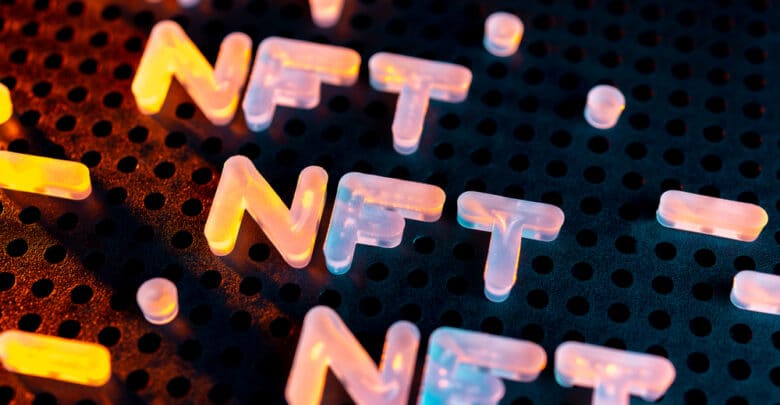
As the bear market has approached the non-fungible tokens, the developers are looking forward to building and discovering new concepts related to them. The idea of fractional NFTs is one of them. These are the types of tokens that can be owned by more than one investor.
These NFTs are employed in smart contracts and divided into multiple parts by the owner or organization that issued them for setting their minimum price. This is how fractional NFTs are different from traditional ones. These tokens reduce the barrier for traders to enter the real-world market by dividing the asset into multiple parts.
Here is a detailed guide article about fractional NFTs and their utilization and working in the market.
What is a Fractional NFT?
The fractional NFTs, called F-NFTs, is actually integrated with the idea of breaking the nonfungible tokens into fractions or parts. It is almost the same concept as the shares of a company are held between two or more parties. This fractionalization provides an excellent opportunity to traders who are new in the market and those who are trading on a small scale.
When this concept is applied to assets in the real world, it can have applications for investors who aim to own the goods in the real world. By distributing the cost of owning an asset among a number of users, fractional NFTs provide a chance for the group of investors to possess a more significant asset collectively.
Smart contracts are one of the essential highlights of fractional NFTs that have enabled users to own a specific portion of a nonfungible token that is integrated with the real NFT. All the holders having a share in the token can trade their fractional token in any marketplace they want to.
Can Fractional NFTs be Divided?
This is a relatively complicated concept. The fractional NFTs are not divisible, and yet they are. The nonfungible tokens cannot be broken down into smaller pieces. Still, the idea of fractionalization has divided it into smaller parts where all the investors having ownership of the token can claim their share.
How Do Fractional NFTs Work?
The successful implementation of fractionalization on other crypto assets provided the idea to the developers to apply it to the nonfungible tokens. The users are worried about the authenticity of fractional NFTs. Here is how it works.
The user needs to lock a smart contract before fractionalizing the nonfungible token. This will help to divide the token into smaller portions according to the instructions given. Each fraction of the coin indicates its partial ownership. It can then be sold or put up for sale as per the desire of the owner. All the shares can be sold in the secondary markets, and this will have no impact on the price of the original NFT.
The fractional NFTs are actually the ERC-20 tokens, while the ERC-721 represents the original nonfungible tokens. Each of the fractions of ERC-20 or the original token is the representation of the partial ownership of ERC-721 or the original nonfungible token. The traders have to set then the price of the ERC-20 tokens that will not affect the actual token value in the market.
What is the Difference Between Traditional NFTs and Fractional NFTs?
As the name indicates, the traditional nonfungible tokens are a token as a whole, while the fractional nonfungible tokens are the same tokens divided into different fractions. The main difference between the two of them is the portion of the original NFT they represent; however, they are both closely related to one another.
In addition to that, it is also possible to reverse the process of bringing the fractional NFTs back into the original NFT. There is a buyout option available for the smart contracts that were initially used to divide the original NFT. Using that option, any of the holders of fractional NFTs can buy all the rest of the fractions too, and get the original token unlocked.
In order to initiate the buyout procedure, a specific amount of tokens is transferred to the smart contract from the collection. Doing this, the buyback option is triggered. This will provide the opportunity for the traders holding the fractional NFTs to sell their shares. However, all the fractions have to automatically return to the original owner of the NFT in case the buyout has passed. As a result, the owner thus gains ownership of the original NFT.
Is it Necessary to Fractionalize the Original NFTs?
As the nonfungible tokens are becoming more and more popular among traders and investors globally, at the same time, the price associated with owning one original NFT is also increasing. Therefore, by using ownership democratization, these costly nonfungible tokens can be made affordable for traders by fractionalizing them.
Fractionalization has provided a lot of benefits to traders. Firstly, it has made it affordable for most traders in the market to own a nonfungible token. Moreover, the price of the share of other stakeholders is not affected in any way in case any of the shareholders decide to sell their fraction in the secondary market. In addition, the buyers can still pay lower prices for the fractional NFTs in any auction, even if the cost of the original nonfungible token increases in the market.
What are the Advantages of Fractionalizing NFTs?
There are several advantages that could help traders and investors in the crypto industry to enter the market and start earning. Some of them are mentioned below.
- Democratization
The biggest problem while dealing with nonfungible tokens is their unreasonable prices. It doe not allow small-scale investors to participate in the market. Therefore, nonfungible tokens can be made accessible to a broader range of investors by dividing them into fractions and lowering the cost of their ownership. Thus, fractional NFTs provide a smooth entry to multiple traders in the market.
- Considerable Price Discovery
The procedure for discovering the right price for the nonfungible tokens in the market is termed Price Discovery. Using fractional NFTs, traders are permitted to reasonable price discovery. When the nonfungible tokens are created, or the tokens do not possess any considerable transaction history, it becomes difficult for the traders to price them in the market.
However, this process can be simplified by fractionalizing the token into multiple parts. This makes the pricing process more accessible as the fractions are now available to bid on after releasing them in the market. Therefore, depending on the demand in the market, the price of the token can then be estimated.
This way, the market value of unique and rare nonfungible tokens can be estimated quickly using fractional NFTs. It is important to note that when there is a price hike for the nonfungible tokens in the market, simultaneously, the price of fractional NFTs will increase too. However, keeping the volatility of the crypto market in mind, the price may suddenly drop, too, creating a good opportunity for traders.
- High Liquidity
The actual factor that adds to the importance of the nonfungible tokens is their being rare. But as compared to the other assets in the crypto market, this rarity also makes them less liquid. By permitting the smaller investors in the market to own an asset collectively, the fractional NFTs add to the liquidity of the tokens.
The costly nonfungible tokens can be sold efficiently and effectively in the market using fractional NFTs. In case a trader owns a highly expensive nonfungible token that is difficult to be priced, he can conveniently divide it into as many parts as he wants and then sell them at affordable prices in the market.
Therefore, in addition to solving the problem of selling NFTs in the market by attracting more buyers, fractionalizing NFTs has also solved the liquidity problem associated with these tokens in the market.
- Incentives for Owner
When an owner of the nonfungible tokens divides his asset into multiple parts and chooses a marketplace to sell them, he receives a fee from that marketplace in return. The amount of this fee can be updated and revised by the owner at any time. However, it should be set at a reasonable scale in order to avoid any mishappening in the future.
Applications of Fractional NFTs in Different Industries
Fractional NFTs have found several applications in different industries, expanding the scope of nonfungible tokens in the crypto industry. Some crucial applications of fractional NFTs in various sectors are given below.
- In Art
Traditional nonfungible tokens have already made their place in the digital art industry. The traders see no harm in dividing an art piece in real life into multiple parts. The only concern is their integration into the conservative market. With the increased liquidity and democratization, it can easily be applied to the digital art being created in the market.
- In Real Estate
Practically applying fractional NFTs in the real estate industry may solve several problems related to property transactions. Sometimes, the traders want to sell only a fraction of their property or real estate. Fractional NFTs may allow the dealers to sell or purchase property without the involvement of any intermediate party.
The illiquidity associated with real estate is far more than any other asset; therefore, the market may adapt quickly to this fractionalized innovation as it provides increased liquidity. Moreover, tokens can also be used to divide the property into multiple parts. In addition to that, as the rights and ownership of an asset can be recorded over the blockchain, it makes the verification process of transactions fast and easier.
- In Metaverse
As the concept of fractional NFTs is becoming more popular, it may find its way out in projects that are related to Metaverse. There are certain companies that have already entered such projects and are now expanding the idea. These companies may include Sandbox and Decentraland etc.
Using fractional NFTs, a group of individuals, traders, or investors can buy land or any other asset virtually by trading together in the virtually existing world.
- In Gaming
There are a number of games in the crypto industry that allow players to earn crypto by paying. These games allow players to sell, buy or even get ownership of various items in the game that may be nonfungible tokens sometimes. Therefore, fractional NFTs can be used by such game developers. It will allow multiple players to play together and trade their expensive items in the game by sharing their fractional NFTs.
The convenience and feasibility of using fractional NFTs in games are already being tested by an online game named Axie Infinity, based on nonfungible tokens. This game sells the ownership of some rare Axies, a valuable asset in the game, to the players in fractions.
How To Buy Fractional NFTs?
There are a number of platforms available that can be used by traders to buy fractional NFTs. Some of them are mentioned below.
- Fractional.art
It is a platform that allows the selling, buying, and minting process of fractional NFTs. This platform can also be used by traders to create multiple fractional NFTs. In addition to that, it also provides the opportunity for the traders to own a collection of fractional NFTs that could not be afforded by them in another case.
- Unicly
Unicly is a platform that provides a trading opportunity to investors looking to transform their collection of nonfungible tokens into an asset that can be traded quickly and provides higher liquidity. Therefore, an NFT collection of any size can be created, and the NFTs can be tokenized by traders using this platform.
- Otis
Otis is an all-in-one platform that provides a wide range of opportunities to traders. Using the platform, users can invest in digital collectibles and artworks, can easily manage their trade profiles, and can get active participation in trading processes occurring at that time. This all is possible using the application of the Otis platform. Moreover, fractional interests can also be acquired by investors using this platform.
- Dibbs
It is also a marketplace dealing with fractional NFTs. To perform transactions, the platform uses WAX, Ethereum, and Flow blockchains. The platform mainly deals with trading cards related to physical sports; therefore, it may catch the attention of sports fans.
Can Fractional NFTs be Considered a Good Investment?
The experts and professionals in the crypto industry consider fractional NFTs a sound investment. This can also bring a boom to the NFT market by increasing the participation and inclusion of trading in the marketplace and adding to their liquidity in the market. By providing democratization, price discovery, and liquidity, fractional NFTs are helping in the expansion of the NFT market.
However, there are certain risks involved with fractional NFTs too. These issues are the same in general that are faced by all the assets in the crypto industry. These issues may include intellectual property rights, contracts, and public rights claims. As the hype of nonfungible tokens and fractional NFTs is increasing, there may arise a number of legal issues related to the assets in the market.
Risks and Concerns Related to Fractional NFTs?
The security and safety of fractional NFTs depend on the smart contract used to lock them. Some of the risks that are integrated with fractional NFTs are as follows.
- Volatility
No one can deny that dealing with crypto assets comes with the risk of market volatility. While the traders are of the view that they may make a lot of money trading with crypto, at the same time, they should also keep in mind that they may also lose all. The owners should check that the token they are dividing into fractions is original and not a part of any illicit scam or activity.
- Regulatory Issues
As the market of NFTs is still growing, the officials have not yet developed any proper regulatory framework for NFTs. They cannot decide whether to treat NFTs as a commodity, property, or securities. It becomes harder while thinking about fractional NFTs. Usually, the Howey test is conducted by the US Securities and Exchange to check if the asset is to be treated as a security or not.
- Buyout Option
The buyout option provides the risk to the owner that they might lose control over their asset. If the owner of fractional NFTs outbids the buyer, it means that the real worth of the NFT is much more than the price associated with it. This will result in an increase in the price of NFT as a whole.
Conclusion
The blockchain industry is growing by leaps and bounds and integrating several innovations and adaptions to it. Although the concept of fractional NFTs is still growing, it will be becoming mainstream among traders within no time. The most significant benefit of using fractional NFTs is the liquidity it provides to the investors.
Some experts are of the view that the next monetization wave in the industry of nonfungible tokens will have fractional NFTs as the leader. The traders are still looking for some exciting and innovative developments that fractional NFTs can bring for them, thus creating more trading opportunities for them.
Tokenhell produces content exposure for over 5,000 crypto companies and you can be one of them too! Contact at info@tokenhell.com if you have any questions. Cryptocurrencies are highly volatile, conduct your own research before making any investment decisions. Some of the posts on this website are guest posts or paid posts that are not written by Tokenhell authors (namely Crypto Cable , Sponsored Articles and Press Release content) and the views expressed in these types of posts do not reflect the views of this website. Tokenhell is not responsible for the content, accuracy, quality, advertising, products or any other content or banners (ad space) posted on the site. Read full terms and conditions / disclaimer.



